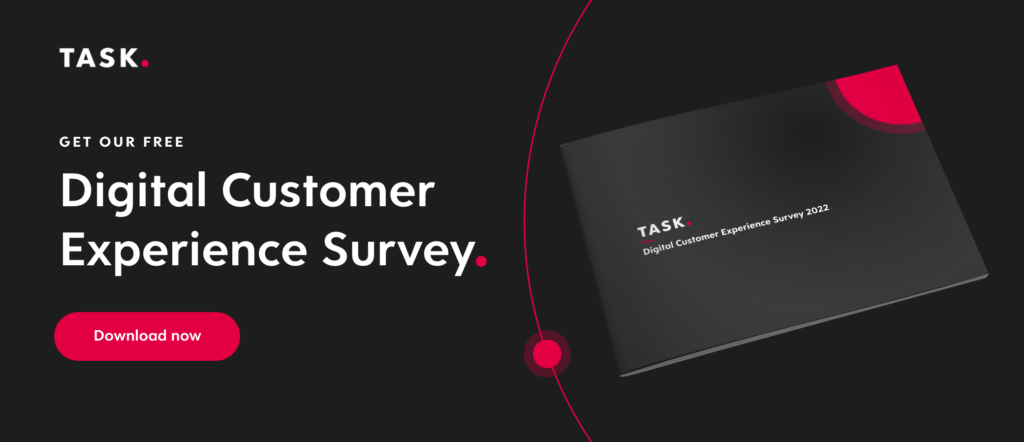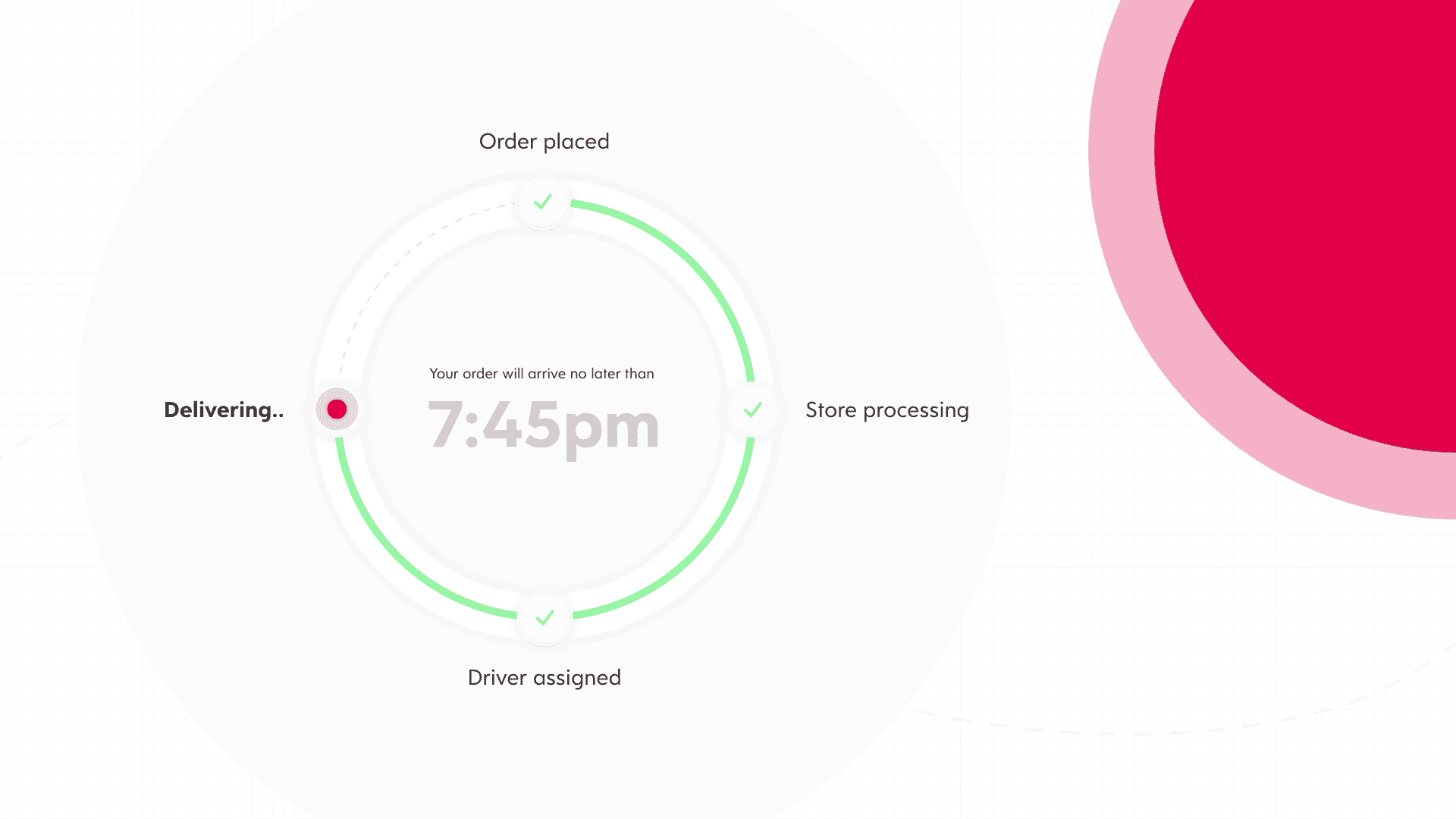Without a doubt, food delivery has changed the restaurant game for good. In 2021, food delivery became a $150 billion industry and it’s set to keep on climbing.
It’s clear that food delivery isn’t just a passing trend; it’s become a permanent fixture in the hospitality industry. It’s allowing people to support local restaurants impacted by the pandemic, discover local eateries, enjoy contact free delivery with curbside pickup, and order food in just a few taps.
To stay competitive, it’s essential for your restaurant to provide a delivery option.
Here’s what you need to know about delivery service, and why every restaurant should be offering it today.
Why Delivery Is a Necessity
Today’s consumers expect convenience when it comes to buying meals. In a competitive market, restaurants need to prioritize convenience to attract customers.
Just glancing at the numbers is enough to make it obvious – delivery is the future.
Before the pandemic, the US restaurant industry was growing by 3-4% per year. At the same time, delivery services grew by 7-8%. Add the drastic shifts in customer demands due to Covid-19, and these numbers started to explode.
Delivery markets today are 4 to 7 times larger in the US, the UK, Australia, and Canada compared to the numbers in 2018. People are keen to support local restaurants and their favorite restaurants impacted by Covid; they’re willing to take advantage of convenient apps and deals and order meals according to the mood; and companies are increasingly able to offer personalized and exclusive deals.
Delivery offers restaurants the chance to tap into a wider network of customers and boost their digital presence. It can help increase profit margins and sales, all while keeping your people happy and wanting more.
The Pros and Cons of Using a Delivery Service
One of the biggest questions from restaurants new to the delivery scene is whether to establish their own delivery process or work through third-party apps.
Services like DoorDash, the Grubhub app, and UberEats can help newer establishments tap into the delivery market, but they’re not right for every restaurant. To break it down, here are the biggest pros and cons of using a third-party app:
Pros:
Wider exposure. Think of delivery service apps like a social media platform. They can help you immediately reach a huge pool of customers far and wide. They also can encourage users to try new options, whether from their favorite local restaurants or exploring new cuisine.
Easy logistics. You don’t have to reinvent the wheel. Using secondary services saves effort in coordinating extra staff and processes. Customers find food, order it, and you get it ready. Easy.
Fewer upfront costs. Deliveries and the infrastructure require very little to get started, making it easy to add these to your total operations.
Cons:
Extra fees. All food delivery apps take a cut of sales, often in the form of a delivery fee. Uber Eats often charges a whopping delivery fee of 30% – something that users will see at checkout but may make them think twice about their takeout order. The fees are so high that restaurants have even taken out a class-action lawsuit against Grubhub, citing questionable business practices. Plain and simple: extra fees mean less profit for your business.
Less control. Working with a third-party vendor means more points of contact between your product and your customers. That leaves more room for miscommunication, mistakes, and missing items. Who wants their Buffalo Wild Wings or Red Robin to show up at their door or curbside address with no drinks?
Customer experience. If anything goes wrong during delivery, diners often blame the restaurant, even if it wasn’t the restaurant’s fault. Now, your restaurant is scrambling to solve a problem that shouldn’t be yours to worry about – and that’s cutting into your resources.
The bottom line is to know your capabilities as a business. If you’re newer to the market and you need help with exposure, a third-party delivery service might be the best move. If you’re an established brand expanding into delivery options, then an external app may not be worth the external fees for you.
Why You Need Online Ordering for Your Restaurant
Read more about the future of online ordering, and help your business stay ahead of the digital curve.
Reach more customers
Location is usually one of the number one factors for a standard brick-and-mortar restaurant to succeed. But food delivery can help overcome this barrier.
It offers the chance for businesses to focus less on the geographical network of their cities and more on their food and brand.
People are also becoming more willing to try new foods, too. 35% of customers are ordering a wider variety of food now than they were before the pandemic.
There’s a culture-wide shift happening in how people want to eat their food. Offering a unique food brand can help you tap right into a huge pool of new diners. Deliver your meals and who knows who you might turn into a loyal fan.
Boost online visibility
Now more than ever, it’s important to have a strong digital presence for your restaurant business. When brands look like they’ve gone off the grid, they start to disappear.
Offering delivery helps keep your restaurant visible and easy to find online. The more traffic to your site, the better.
Offering in-house delivery services can help tremendously with this. Research shows that 78% of delivery orders are placed on restaurant sites rather than third-party apps. People prefer communicating directly, and they will actively seek out your website to order.
Offer convenience
One thing is certain: customers want easier ways to access better quality food. If they’ve found their nearby grocery stores or convenience stores are suffering the pinch, they might be more inclined to turn to quality local businesses that can fill their need for new food.
The future of the restaurant industry is all geared towards personalization, efficiency, and convenience.
30% of 18–34-year-old customers say they are increasingly replacing takeout with delivery ordering. From a customer perspective, it’s a no-brainer. Ordering delivery saves time and effort, without location constraints.
Who doesn’t love to purchase a meal, pay for it in the app, and have their order arrive at their door according to specific delivery instructions? Convenience cuts the hassle of takeout and keeps users coming back.
How QSRs Can Adapt To Stay Ahead
QSRs face fierce competition – but your mobile order and pay system may be the key to boosting profits.
Incremental orders
Food deliveries also give restaurants the opportunity to sell through off-peak moments – those times between meals when restaurants aren’t usually busy. We know that delivery consumers are more inclined than dine-in customers to order breakfast items, snack-sized meals and food at unusual hours.
From a back-of-house point of view, delivery ordering can help organize workflow too. Customers can choose when they’d like their food prepared and delivered.
This kind of incremental ordering and on-demand delivery can help you maximize efficiency behind the scenes and sustain longer, more profitable peak hours. It’s better for costs, and better for your customers.
Increased profit margins
Delivery, if organized well, can be more profitable than traditional dining. Consider two of your largest overhead costs: wages and real estate.
With delivery, your business can get by on fewer front-of-house staff and can sell more meals without running out of physical space. Labor costs, which usually comprise 28-32% of total overhead, can be cut down significantly by using centralized POS technology that automatically integrates your delivery channels.
Plus, customers expect to pay a delivery fee to help cover the costs of drivers.
Your other major overhead, real estate, typically takes 22-29% of a restaurant’s overall costs. A delivery service takes the pressure off from physical location, dining area size, and appearance, and allows you to increase your output without needing to invest in more front-of-house space.
Tap into this growing market to stay ahead
We can’t emphasize it enough: the demand for food delivery is skyrocketing.
The pandemic has changed market demands for goods, and offering delivery is the new normal for restaurants around the globe. Successful food businesses know that customers want convenient, personalized, high-quality meals.
Delivery is the best way to tap into a changing market, satisfy your customers, and boost your profits all at the same time.
To get started, you’ll need top-of-the-line technology with integrated POS software. Talk to the team at TASK to learn more about the smart tech behind successful delivery services.

